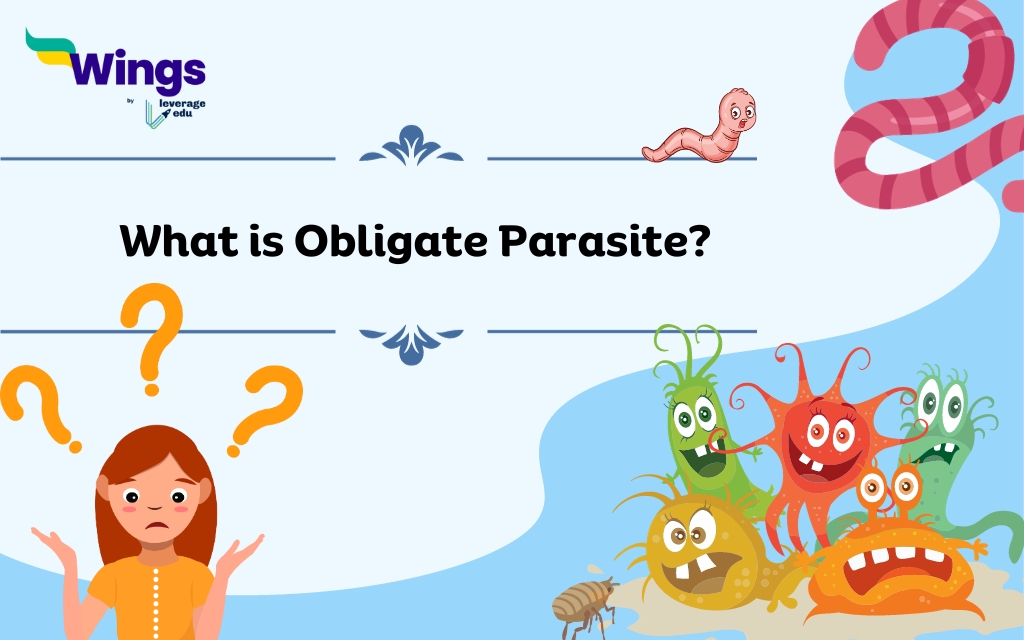In layman’s language, an obligate parasite refers to an organism that cannot complete its life cycle without the exploitation of a suitable host. This is because an obligate parasite needs a living host to survive and grow and ultimately die with the death of the host. Think of it as a freeloader who needs a human or animal to survive, grow, and reproduce. In this way, they complete their life cycle on humans or hosts. But this is not it. Let us explore this topic in more detail.
Also Read: What is Parasitology? Top Courses and Careers
Obligate Parasite Examples
Here are a few obligate parasite examples:
- Bedbugs
- Ear mites
- Rickettsia
- Scabies
- Tapeworms
- Liver flukes
Also Read: Which Disease Was Eradicated Globally in 1980 Thanks to Immunization Efforts?
What is the Difference Between an Obligate Parasite and a Facultative Parasite?
There are times when students often get confused between obligate parasites and facultative parasites. However, there are major differences between these two. Let’s explore them in detail.
| Parameters of difference | Obligate parasite | Facultative parasite |
| Meaning | It is a parasitic organism that completes its entire life cycle using a host organism. | A facultative parasite can complete its life cycle even if no host is available. |
| Life cycle | Obligate parasites have a complex life cycle. | Facultative parasites have simpler life cycles than obligate parasites. |
| Dependence on host | It can only survive in the presence of a host. | It can survive even in the absence of the host. |
| Transmission | Obligate parasites can travel from one host to another. | These parasites do not travel directly from one host to another as they can survive without depending on a host body. |
| Examples | Tapeworms, bedbugs, ear mites | Some bacteria, candida, acanthamoeba |
Relevant Blogs
FAQs
Interestingly, all viruses are obligate parasites. This is because they can only grow, survive, and replicate within a living host cell. Moreover, they lack proper metabolic machinery which makes them unable to synthesize proteins or generate energy.
A few common facultative parasite examples are candida, certain microbes, and Strongyloides stercoralis (a type of roundworm).
As the name suggests, a permanent parasite refers to a parasite that attaches itself to the host for long periods of time. Moreover, they rely on their host for nutrition and survival. Common examples include tapeworms, heartworms, fleas, and ticks.
Hope you have fun learning this informative content on what is obligate parasite. For more information about such informative articles, check the trending events page of Leverage Edu.
 One app for all your study abroad needs
One app for all your study abroad needs














